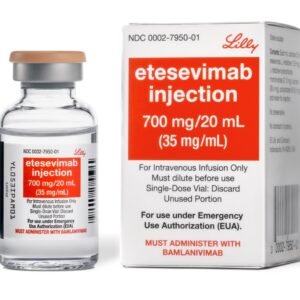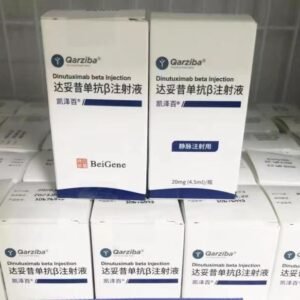Ampicillin Capsules
Effects and efficacy:
Ampicillin is a broad-spectrum semi-synthetic penicillin used to treat infections caused by a variety of sensitive microorganisms, including urinary system, respiratory system, bile duct, digestive tract, ENT, skin and soft tissue infections. It is used for meningitis, endocarditis, bronchitis, endocarditis, gastroenteritis, etc.; it is used for gonorrhea, listeriosis, meningitis, perinatal streptococcal infection, peritonitis, pneumonia, sepsis, typhoid and paratyphoid fever, and urinary tract infection, etc.
Usage and dosage:
For oral medication, it is recommended to take it 30 minutes before meals. Ampicillin tablets: Oral medication, 0.25-0.75g for adults once, 4 times a day. The daily dose for children is 25mg/kg based on body weight, 2-4 times a day. Ampicillin granules are taken orally. Rinse with cold boiled water to the 60ml mark before taking, shake well before each serving, and then pour into a special small cup and take according to the following dosage. For children under 1 year old, the dose is 5ml, 3 times a day. For those aged 1-3 years, the dose is 10 ml, 3 times a day. For those aged 3-5 years, the dose is 15 ml, 3 times a day. For those aged 5-10 years, the dose is 20 ml, 3 times a day. Oral ampicillin capsules. Adults take 0.25-0.75 g once, 4 times a day. Children take 25 mg/kg of body weight per day, 2-4 times a day. Adults take ampicillin sodium for injection: 2-4 g of intramuscular injection per day, divided into 4 doses; the intravenous drip or injection dose is 4-8 g per day, divided into 2-4 doses. The daily dose for patients with severe infection can be increased to 12 g, with a maximum daily dose of 14 g. Children: 50-100 mg/kg of body weight per day, divided into 4 doses for intramuscular injection; 100-200 mg/kg of body weight per day, divided into 2-4 doses for intravenous drip or injection. The maximum daily dose is 300 mg/kg of body weight. Full-term newborns: 12.5-25 mg/kg per dose according to body weight, once every 12 hours on the first and second days after birth, once every 8 hours from the third day to the second week, and once every 6 hours thereafter. Premature infants: 12.5-50 mg/kg per dose according to body weight in the first week after birth, 1-4 weeks, and more than 4 weeks, once every 12 hours, 8 hours, and 6 hours, respectively, by intravenous drip. Patients with renal insufficiency: When the endogenous creatinine clearance rate is 10-50 ml/min or less than 10 ml/min, the dosing interval should be extended to 6-12 hours and 12-24 hours, respectively.
Adverse reactions:
The adverse reactions of this product are similar to those of penicillin, with allergic reactions being more common. Rash is the most common reaction, which often occurs 5 days after medication, presenting as urticaria or maculopapular rash; interstitial nephritis may also occur; anaphylactic shock is occasionally seen. Granulocytopenia and thrombocytopenia are occasionally seen in patients taking ampicillin. Antibiotic-related enteritis is rare, and a few patients have elevated serum alanine aminotransferase (ALT). High-dose intravenous administration of ampicillin may cause convulsions and other neurotoxic symptoms. Infants may experience increased intracranial pressure after taking ampicillin, which manifests as a bulge in the anterior fontanelle. If you experience any discomfort during medication, please consult a doctor in time.
Drug contraindications:
Allergic to this product is prohibited and should be used with caution during breastfeeding
Share:
Products
Our offers
Health Classification
Let us work together to protect precious health
































